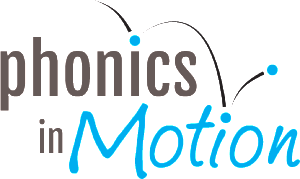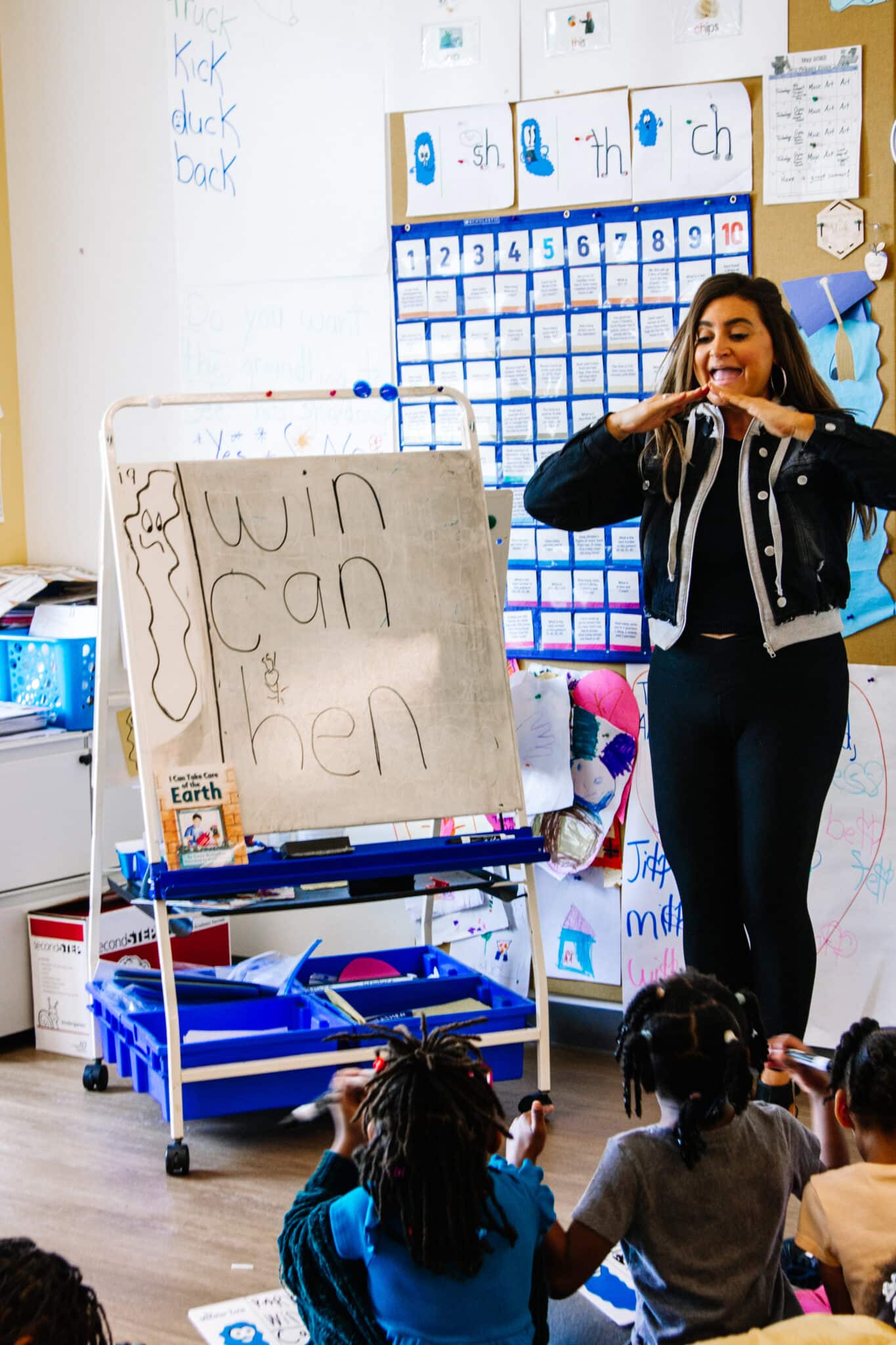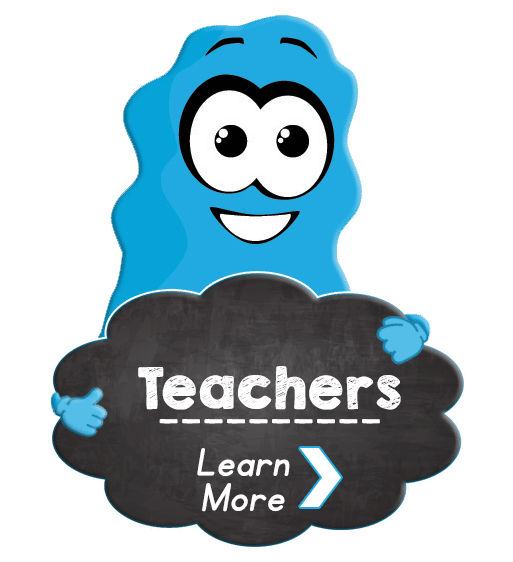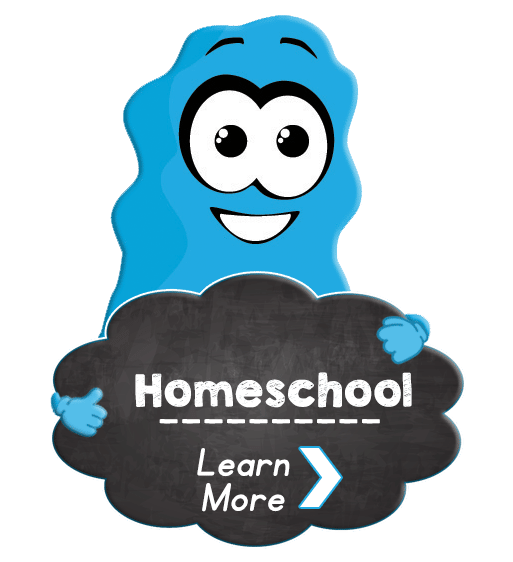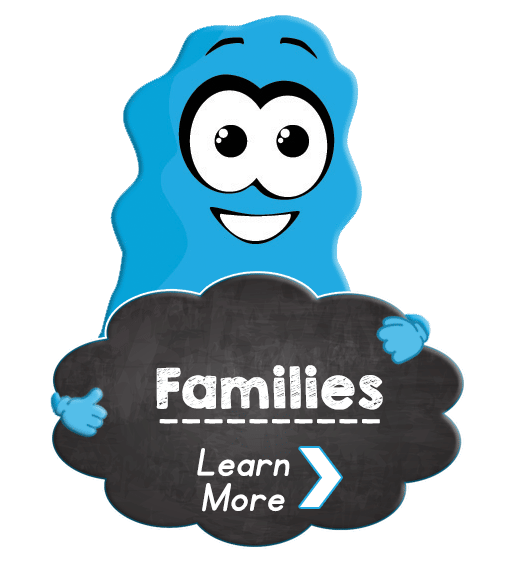What Is Differentiated Instruction?
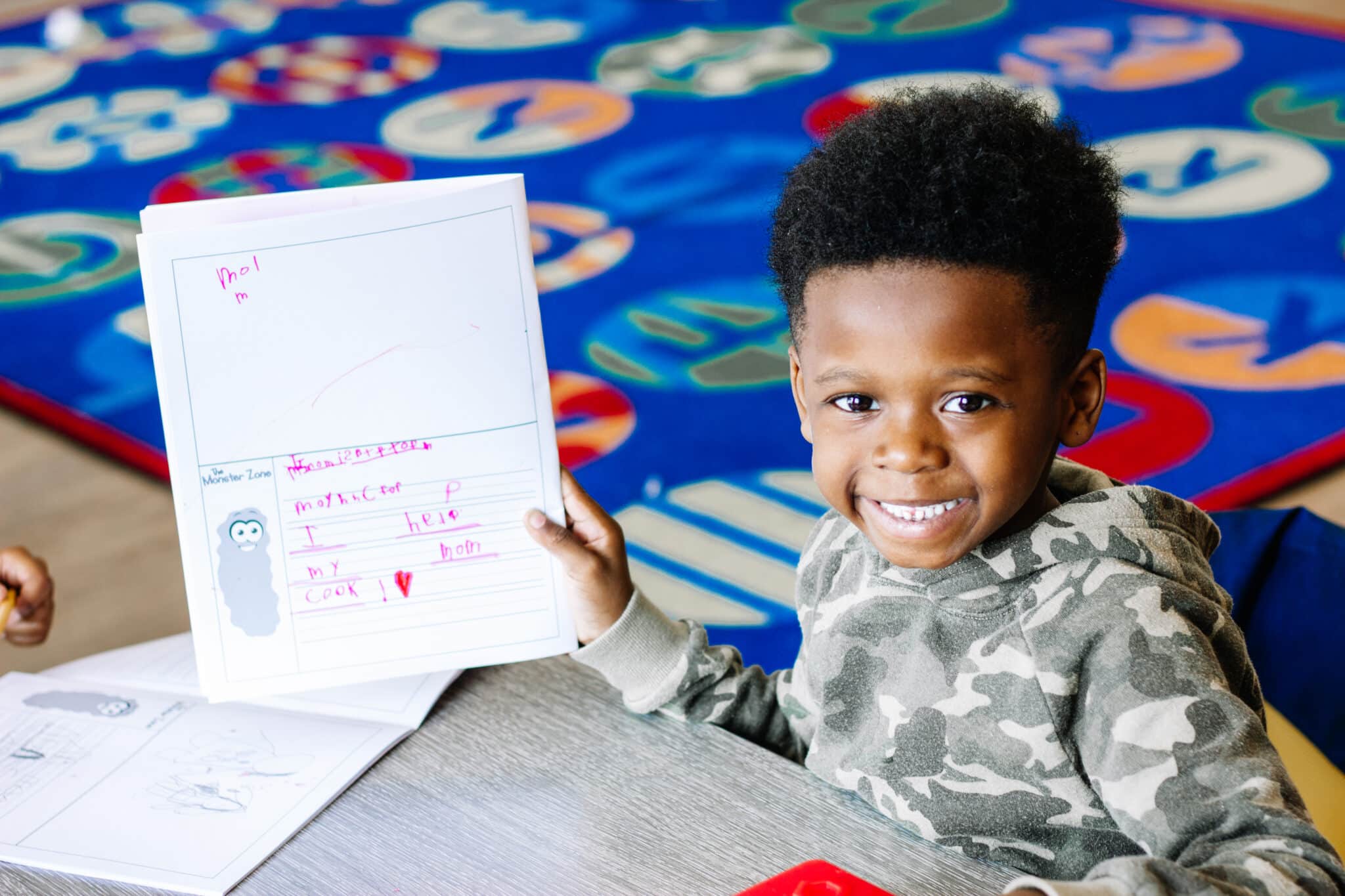 Differentiated instruction is the key to helping students become successful readers and lifelong learners.
Differentiated instruction is the key to helping students become successful readers and lifelong learners.
Teaching literacy to young students is a crucial task that lays the foundation for their lifelong learning. However, not all students learn at the same pace or have the same strengths and weaknesses. This is where differentiation comes into play.
Differentiated instruction is an instructional approach that recognizes and accommodates the diverse needs and abilities of students in the classroom.
What Is Differentiated Instruction?
Differentiation in teaching literacy to young students is an instructional approach that acknowledges and responds to the diverse needs, learning styles, and abilities of individual students. It acknowledges that students come from various backgrounds, possess different levels of prior knowledge, and have their own unique interests and learning preferences.
According to a Teachers Pay Teachers report in 2019, more than 95% of educators view differentiated instruction as important to student achievement.
By implementing differentiation strategies in literacy instruction, teachers create an inclusive classroom environment where every student feels valued and supported. This approach fosters increased student engagement, motivation, and achievement.
Benefits of Differentiated Instruction in Literacy Instruction
The benefits of differentiation in literacy instruction are far-ranging. Some of the most impactful benefits are the ability to address individual learning needs, foster student engagement, and promote inclusive education.
Benefit 1. Ability To Address Individual Learning Needs
One of the significant benefits of differentiation in literacy instruction is its ability to address individual learning needs. By identifying and understanding the specific challenges and strengths of each student, teachers can provide targeted support and scaffold learning appropriately.
Whether it’s assisting students who struggle with decoding, reading comprehension, or writing skills, or challenging advanced learners to delve deeper into complex texts, differentiation ensures that every student receives the necessary level of support and challenge. This personalized approach promotes growth and progress for all learners, regardless of their current skill level.
Benefit 2: Foster Student Engagement
Moreover, differentiation plays a vital role in fostering student engagement. When students see that their unique strengths, interests, and learning styles are recognized and accommodated, they become more motivated to actively participate in the learning process.
By incorporating materials and activities that align with their interests and providing opportunities for creative expression, teachers create an environment where students feel a sense of ownership and connection to their learning. This heightened engagement leads to improved retention, deeper understanding, and a lifelong love for literacy.
Benefit 3: Promote Inclusive Education
In addition to addressing individual needs and fostering engagement, differentiation promotes inclusive education. By tailoring instruction to meet the diverse needs of students, teachers create an equitable learning environment where every student can thrive. Differentiation ensures that students with different abilities, backgrounds, and learning styles are provided with the necessary resources and support to succeed.
This inclusive approach not only enhances academic achievement but also promotes empathy, understanding, and acceptance among peers. Students learn to appreciate and value the unique contributions and perspectives of their classmates, fostering a positive and inclusive classroom community.
How To Differentiate Instruction: Literacy Focus
While there are many methods to differentiate instruction, some of the most effective are flexible grouping, providing varied instructional materials, using multiple modes of assessment, and utilizing individualized learning plans.
Differentiation Method 1: Flexible Grouping
Group students based on their skill levels, interests, or learning styles. Use small groups or pairs for targeted instruction, allowing for personalized attention and support. Adjust the difficulty level of reading materials, assign differentiated writing prompts, and provide appropriate scaffolding to meet individual needs within each group.
Differentiation Method 2. Varied Instructional Materials
Offer a range of texts at different reading levels, incorporating diverse genres, formats, and mediums. Use audiobooks, graphic novels, or interactive digital resources to engage students with different learning preferences. Additionally, provide supplementary materials, such as visual aids, vocabulary lists, or translations, to support comprehension for English language learners or struggling readers.
Differentiation Method 3: Multiple Modes of Assessment
By implementing various assessment methods to evaluate students’ understanding and progress. Alongside traditional assessments, such as written tests, consider using alternative methods, like oral presentations, projects, or multimedia creations. This enables students to demonstrate their knowledge and skills in ways that align with their strengths and learning preferences.
Differentiation Method 4: Individualized Learning Plans
Create personalized learning plans that outline specific goals, strategies, and resources for each student. Collaborate with students and their families to establish clear objectives and monitor progress regularly. By involving students in the planning process, they become active participants in their learning journey, fostering a sense of ownership and responsibility.
How Phonics in Motion Focuses On Differentiated Instruction
Phonics in Motion (PIM) is an innovative program that not only teaches phonics skills but also provides teachers with effective tools to differentiate instruction and meet the individual needs of their students. By incorporating movement, music, and multisensory techniques, PIM engages students in a dynamic and interactive learning experience, making it easier for teachers to tailor instruction to each student’s unique learning style and abilities.
Method 1: Kinesthetic Phonics Instruction
One of the ways in which PIM helps teachers focus on differentiation is through its kinesthetic approach to phonics instruction. The program recognizes that students have different learning styles, and some may excel when they can engage their bodies in the learning process. By incorporating movement and gestures into phonics lessons, PIM appeals to kinesthetic learners who benefit from physical activities and tactile experiences.
For example, students use hand motions to represent letter sounds or blend sounds together while performing coordinated body movements. This approach allows teachers to differentiate instruction by providing alternative ways for students to internalize and remember phonics concepts, catering to the diverse needs of learners.
Method 2: A Variety Of Instructional Methods
PIM also supports differentiation by providing teachers with a variety of instructional resources and activities. The program offers a range of games, songs, and interactive materials that can be customized to address individual student needs.
Teachers can select activities that align with the specific phonics skills each student needs to practice or reinforce. For example, a student who struggles with blending sounds might benefit from a game that focuses specifically on blending skills, while a more advanced learner might engage in activities that involve higher-level phonics concepts. PIM’s flexible and adaptable resources enable teachers to differentiate instruction by providing appropriate challenges and support for each student.
Method 3. Multisensory Instruction
Another way PIM facilitates differentiation is through its emphasis on multisensory learning. The program recognizes that students learn best when multiple senses are engaged simultaneously. PIM incorporates visual, auditory, and tactile elements into its lessons, allowing students to experience phonics concepts through different modalities.
This multisensory approach benefits students with diverse learning needs, such as visual or auditory learners, by providing various entry points for understanding and retention. Teachers can adapt the delivery of lessons to meet the preferences and strengths of each student, ensuring that all learners have the opportunity to grasp phonics skills effectively.
Method 4. Comprehensive Assessment Tools
Additionally, PIM offers ongoing assessment tools and progress monitoring resources that assist teachers in differentiating instruction. The program provides opportunities for formative assessment throughout the lessons, enabling teachers to gauge student understanding and identify areas where additional support is needed.
Based on these assessments, teachers can adjust instruction to meet individual student needs, providing additional practice, reinforcement, or more challenging tasks as required. PIM’s systematic and data-driven approach to assessment empowers teachers to make informed decisions about differentiation, ensuring that each student receives the necessary level of support and challenge.
